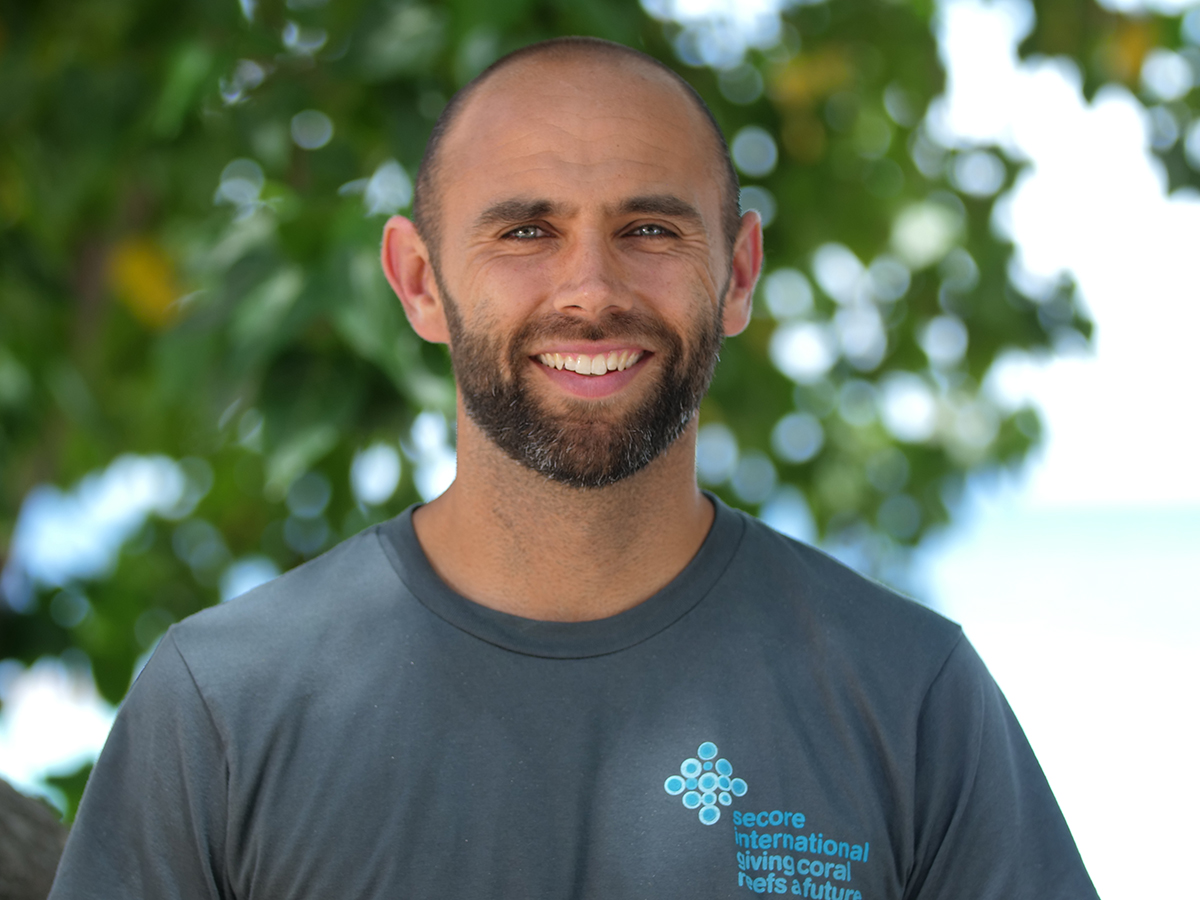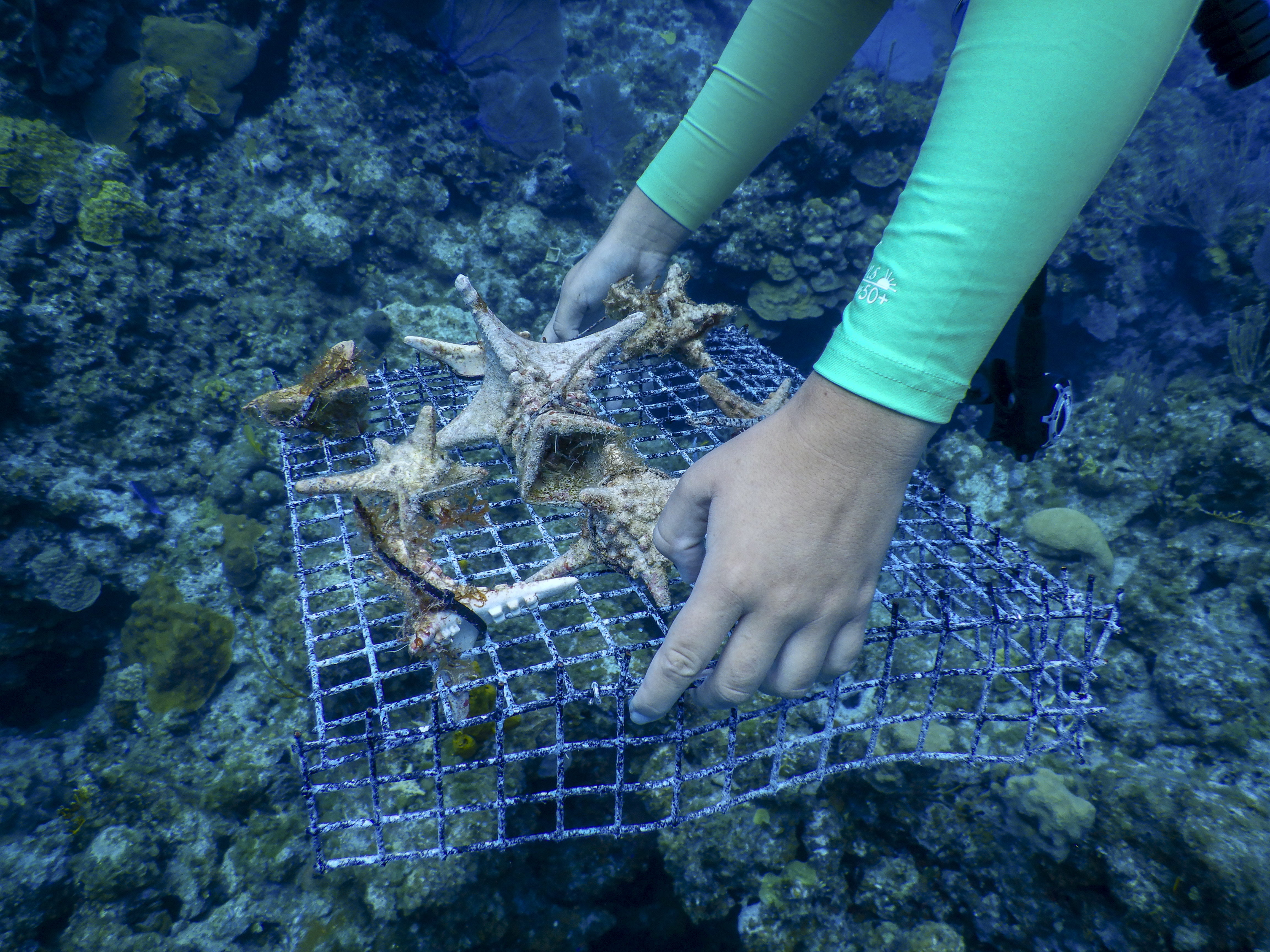SECORE International is a non-profit organization based in Ohio that focuses on coral reef conservation. Founded in 2002 at Rotterdam Zoo in the Netherlands, SECORE has gathered partners in North America, Europe, and Japan, who actively collaborate to develop methods of captive coral reproduction and preservation.
Last year, SECORE collaborated with Californian “MAKE-Tank” Emerging Objects, and Boston Ceramics, a member of Germany’s FIT Additive Manufacturing Group, to create 3D printed seeding units that encourage coral reproduction. As a result of its humanitarian efforts, SECORE has been nominated for this year’s 3D Printing Industry Awards.
In an exclusive interview, I spoke with Aric Bickel, Operations Manager at SECORE International, to find out more on this project and the impact of additive manufacturing for marine life conservation.
Also, remember you too can still place nominations for this year’s 3D Printing Industry Awards.

3D Printing Industry: In your opinion, how can 3D printing be applied to environmental/humanitarian projects?
Aric Bickel: 3D printing offers several unique advantages compared to other manufacturing methods. It allows for onsite production, offers the ability to adjust designs and production rapidly, and does not have inherent constraints on what can be produced, thus, potentially facilitating creative ideas to solve problems that would not be feasible via other methods. This flexibility has wide applicability to both environmental and humanitarian projects.
3D Printing Industry: Why was 3D printing chosen to realize the seed units?
Aric Bickel: We considered a number of manufacturing methods for the seeding units. However, 3D printing ended up providing a number of advantages over more traditional ceramic manufacturing methods.
It allowed us to do rapid prototyping of the designs we were considering and narrow in on the shapes and textures we wanted to produce; we were not limited by some of the constraints of other methods of production, so we could create basically anything we conceived of; and it allowed us to avoid investing in molds or machine tooling, which allowed us a lot of flexibility to adjust the designs as we collected data on which ones would work the best.

3D Printing Industry: How effective have the 3D printed seed units been thus far in Mexico?
Aric Bickel: Largely, the units we produced in 2018 have performed well. The experiments we have done so far have shown that for most of the prototypes, corals were just as happy to settle and grow on them as with our earlier designs; many of the designs actually performed better than the earlier designs via this metric.
However, we are still collecting data on how the corals survived and how well the shapes were retained in the reef. This data will be critical to decided which shapes and textures we want to pursue further. Unfortunately, corals are very slow growers, so it takes some time before we have definitive answers.
3D Printing Industry: Are there any disadvantages of the 3D printed seed units?
Aric Bickel: The only disadvantage, if you want to call it that, at the moment is the price of producing units through 3D printing. It is an expanding field, but large scale production via 3D printing is still more expensive than using more traditional ceramic manufacturing methods. There are clear benefits to using it as a production method, but those have to be weighed with overall unit cost.

3D Printing Industry: Where else will the units be placed?
Aric Bickel: We have been testing the units in collaboration with our research partners in several locations. In the Caribbean, we have been testing them at our long-term research sites in Curacao; Puerto Morelos, Mexico; and the islands of Abaco and Eleuthera in the Bahamas. In the Pacific, we have sent sets of the units to research partners in Australia and Guam for testing.
[Nevertheless] 3D printing has proven incredibly useful for the manufacturing task we were faced with in 2018. We are continuing to evaluate it as a production method for our future needs.
For exclusive interviews on 3D printing subscribe to the 3D Printing Industry newsletter. Also, follow us on Twitter, and like us on Facebook.
Search and post 3D Printing Jobs for opportunities and new talent across engineering, marketing, sales and more.
Featured image shows the elkhorn coral in Curaçao. Photo via Paul Selvaggio/SECORE International.

